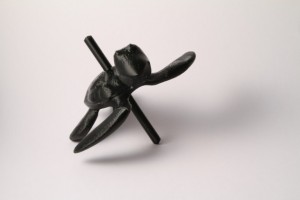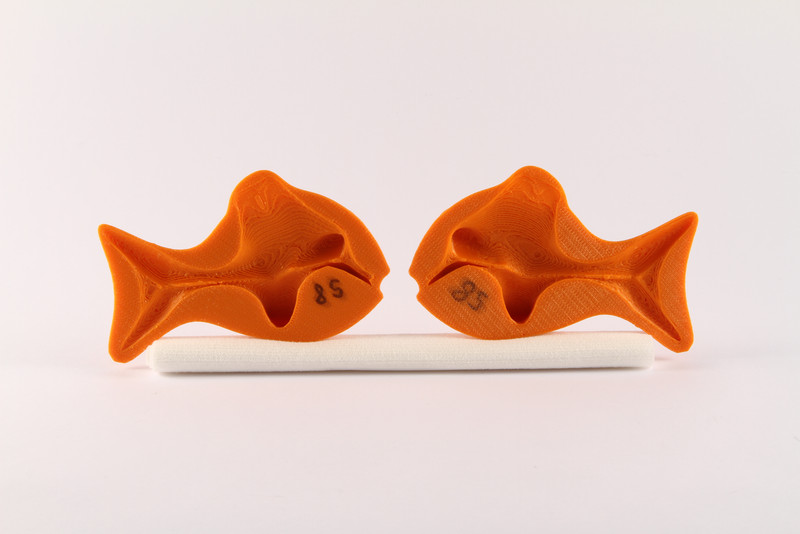Whether it’s being used to quickly generate a city skyline or just to save time and filament during the printing process, computer generated designs are proving to be more efficient, and sometimes even more artistic, than human designers are capable of. This is not to say we aren’t a valuable part of the process, of course; we do need to input data or script certain algorithms to start the automated design off on the right foot. But, in the end, a computer can just perform some tasks that we humans can’t.
One collaborative team of researchers from the Vienna 
“Our method has a whole range of advantages,” Musialski explained. “It is fast, as the calculation is completed within seconds, it is resilient to errors, and as we proved, it can be used for many different optimisation processes compared to other methods.”
The automated software used by the research team produced a number of compelling objects that not only looked unique, but also functioned in ways that have never been seen before. The optimization process produced a uniquely calculated inner structure for their plastic fish model, which allows the fish to float just below the water surface. There was also a spinning top with a turtle, which was generated to have a balanced spin, despite the misleading physical properties of its external shape. Another unique design created by their mathematical optimization process (which you can view in the video below) was a 3D printed crooked bottle that tipped over when filled with water, but remained up right when filled with alcohol.
Musialski has already been recognized with an award for the “Best Technical Solution” at the Austrian Computer Graphics Awards, and I wouldn’t be surprised to see more praise in the near future. He and his team believe that their newly developed optimization process will be useful in a wide range of applications, especially for people 3D printing their own technical parts or decorative objects at home. They hope for their software to help future users to automatically generate their designs with all the necessary physical properties to achieve certain desired effects. So whether you want a 3D printed fish that can float or a bottle that only sits upright when it’s filled with alcohol, it might be easier to just sit back and let Musialski’s automated and optimized design software do the digital dirt for you.



